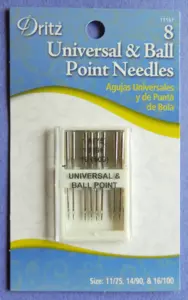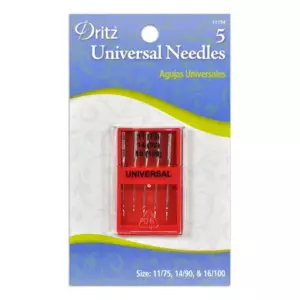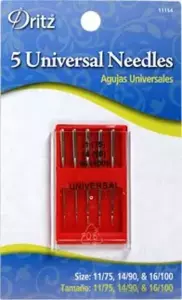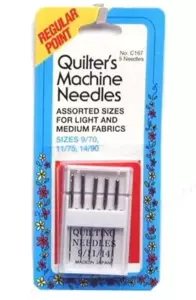- Refine by vendor:
- Dritz
- GoldStar Tool
- Groz-Beckert
- Organ
- Schmetz
- Singer
- All vendors
Overlock Sewing Machine Needles by Dritz (5/pack)
Our Price:
$2.99
Market Price: $5.99
Save: $3.00 per unit
Sold Out
Universal Sewing Machine Needles by Dritz (5/pack)
Our Price:
$2.99
Market Price: $5.99
Save: $3.00 per unit
Sold Out








